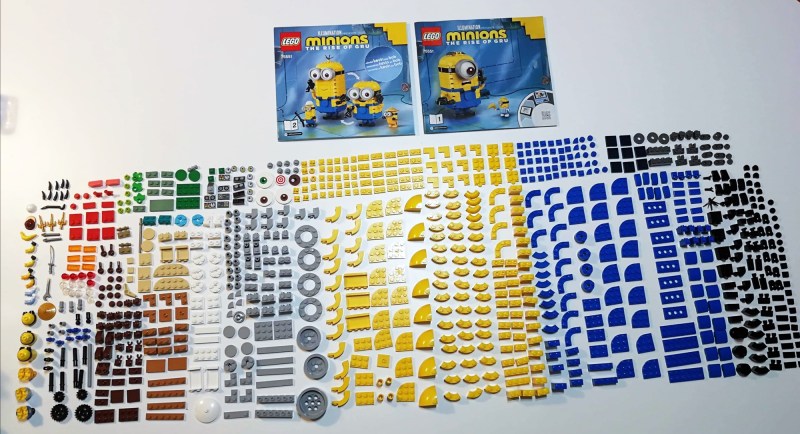Organizing LEGO As a Mental Health Tool


Article by Grace Stemp-Morlock
In the pit of depression, the throes of grief, or the frenzied pain of a panic attack, there are many treatment options, but many adults are adopting Lego bricks as a calming solution. The Facebook support group “LEGO Saved My Life” helps connect AFOLs with others who are also using LEGO bricks for therapeutic benefits.
I started the group in April of 2017 and since then the group has grown to over a thousand users from various countries and all walks of life. Some members use LEGO to manage a mental health issue (such as my own struggle with depression), while others use it to help manage learning disabilities, physical disabilities, addictions, and even grief resulting from death or relationship breakups.
The group is a diverse community with many different types of builders, but one way uses the bricks in a completely novel way: they don’t attach the bricks.
How can you use LEGO without connecting the bricks? It seems completely counter-intuitive, after all LEGO has spent decades perfecting the bricks so they attach just right. Well, this group of AFOLs find the art of sorting the bricks to be calming and peaceful.

It’s a process commonly referred to as Knolling. The term Knolling comes from a janitor named Andrew Kromelow who worked for Frank Gehry in the 1980s. At the time Gehry was designing angular chairs for the Knoll company. Kromelow would come into the workshop at the end of the day and in addition to cleaning would arrange all the tools. The process of sorting and aligning all the pieces or tools became known as knolling.
Tom Sachs, a contemporary American artist, popularized the notion of Knolling in the 1990s, while in recent years makers like Adam Savage are major popularizers of the Knolling process.
For LEGO users like Kit Robertson, a college library technician in Canada, they find beauty in unbagging a new set and arranging all the pieces. Typically, bricks are arranged by color and shape with the larger pieces at the top and to the left. The results can be both beautiful and calming for the creator.
“I lay my LEGO out on big cookie sheets like they do in industrial kitchens,” said Robertson, “and I really like it because it helps to calm my anxiety. The world is chaotic and for me, I struggle with anxiety and depression, so I use LEGO a lot of times to calm my brain when it is going too fast. I focus on the pieces, the colors, the textures, and the way they look in their rows, and it gives me a small sense of control over the chaos of the moment.”
Knolling sets can be a way to help find the pieces you want quickly, but for Robertson it’s become an integral part of enjoying LEGO bricks. Small sets of a few hundred may take only an hour and the top of a coffee table, while larger sets can take days and require a much larger space. Robertson knolled the Apollo 11 Saturn rocket set on their kitchen table and the results were impressive.
Another member TobyMac, an admin and reviewer for Rebrickable in the Netherlands, also finds the process of organizing therapeutic.
“For me LEGO is not just about the building, it’s much more,” he said. “When you have a tub of LEGO all mixed up and you just make piles and get them in the right order, it’s a kind of mindfulness exercise. My hands are working and everything in front of me is slowly getting into shape and into order, and my head just goes off and I am in Ibiza for a while.”
After his kids got some of the new DOTS packs, he started to wonder how many prints there were on just a 1×1 round tile. Pretty soon he had collected so many that a large plate was just too clumsy, so instead he made a flip book that highlights the simplest and smallest Lego elements, elevating them to not only a catalogue but also art.
“When I’m sorting I feel at peace.”

